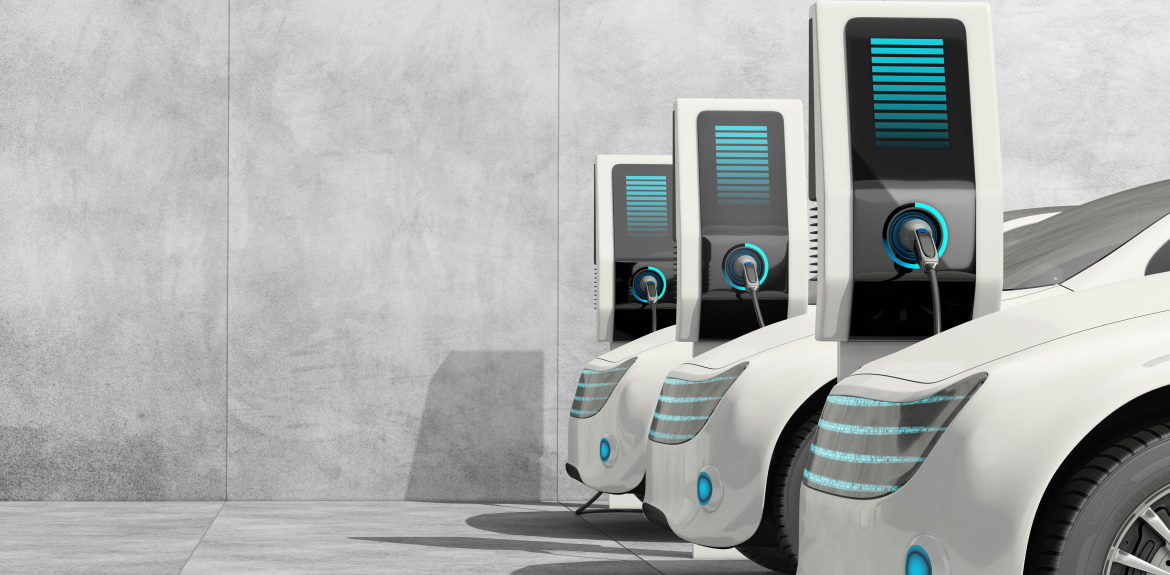Tailwinds for electrifying transportation continue to strengthen. Utilities across the country are developing programs to accelerate EV adoption and efficiently roll out charging infrastructure. While some utilities have successfully piloted or launched their first residential EV programs, such as L2 charger purchases or make-ready rebates, commercial EV programs have proven to be more difficult to scale.
Notably, commercial EV programs often require high levels of customer dialogue and complex review processes to approve and install charging station projects. Utilities stand to benefit from proactive coordination with their customers, such as fleet owners and multi-unit or multi-family dwelling (MUD or MFD) owners and operators, or locations likely to install public DC fast chargers.
“Orange & Rockland has the best-in-class EVSE Incentive portal as identified by top developers in New York State—resulting in more projects in our territory—and that’s because of PowerClerk. PowerClerk also empowered us to be the only utility in our state to be able to simply run a report that fulfilled our regulator’s requirements.”
– Andrew Farrell, EV Programs Manager, Orange & Rockland
Andrew Price, Business Development Manager with Clean Power Research, has co-authored a two-part transportation electrification blog post with Smart Electric Power Alliance’s (SEPA’s) Garrett Fitzgerald. The articles offer insights for utilities to consider while designing and improving their EV programs:
- Part 1: A Coordinated Approach to Fleet Electrification, covers the need for utilities to proactively work with EV fleet managers to futureproof their charging configurations and streamline interconnection.
- Part 2: Addressing EV Equity: Advancing Charging at Multi-Family Dwellings, delves into the challenges that residential and MFD owners experience when considering installing EV charging stations and how proactive engagement from utilities can streamline their decision and installation process.
As the articles highlight, a coordinated approach helps streamline transportation electrification efforts. Technology is another effective means for utilities to scale and modernize complex programs such as commercial EV programs. Clean Power Research’s PowerClerk® supports the utility best practices covered in the two-part series, including streamlining charging infrastructure deployment, collecting valuable data on customers’ electrification plans and automating stakeholder communications and reporting. When a proactive, coordinated approach is taken, utilities can secure rich program insights useful for program and utility planning. To learn more about PowerClerk, contact us.
About the author: Andrew has spent more than five years advancing transportation electrification. From 2017 to 2020, he served as Section Manager for Nissan’s EV and Charging Infrastructure team at their European Headquarters. For the past two years, Andrew has continued to support the EV market while at Clean Power Research, including actively engaging with SEPA’s EV Working Group.
Resources for EV programs
- Part 1: A Coordinated Approach to Fleet Electrification
- Part 2: Addressing EV Equity: Advancing Charging at Multi-Family Dwellings
In this video, learn how Orange & Rockland (O&R) is on track to increase EV charging stations in their service territory by 3,000% within five years and has already reduced their EVSE make-ready project installation timeline by 40% with PowerClerk.
